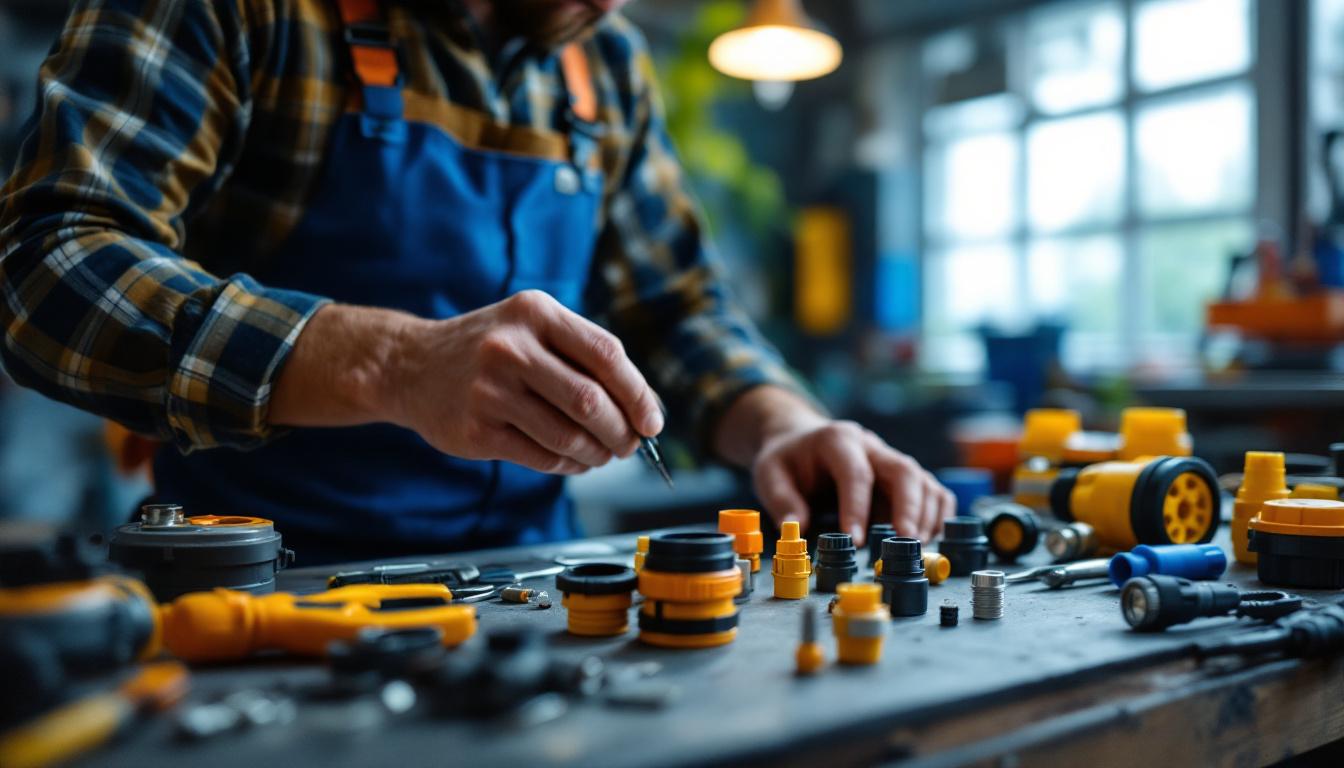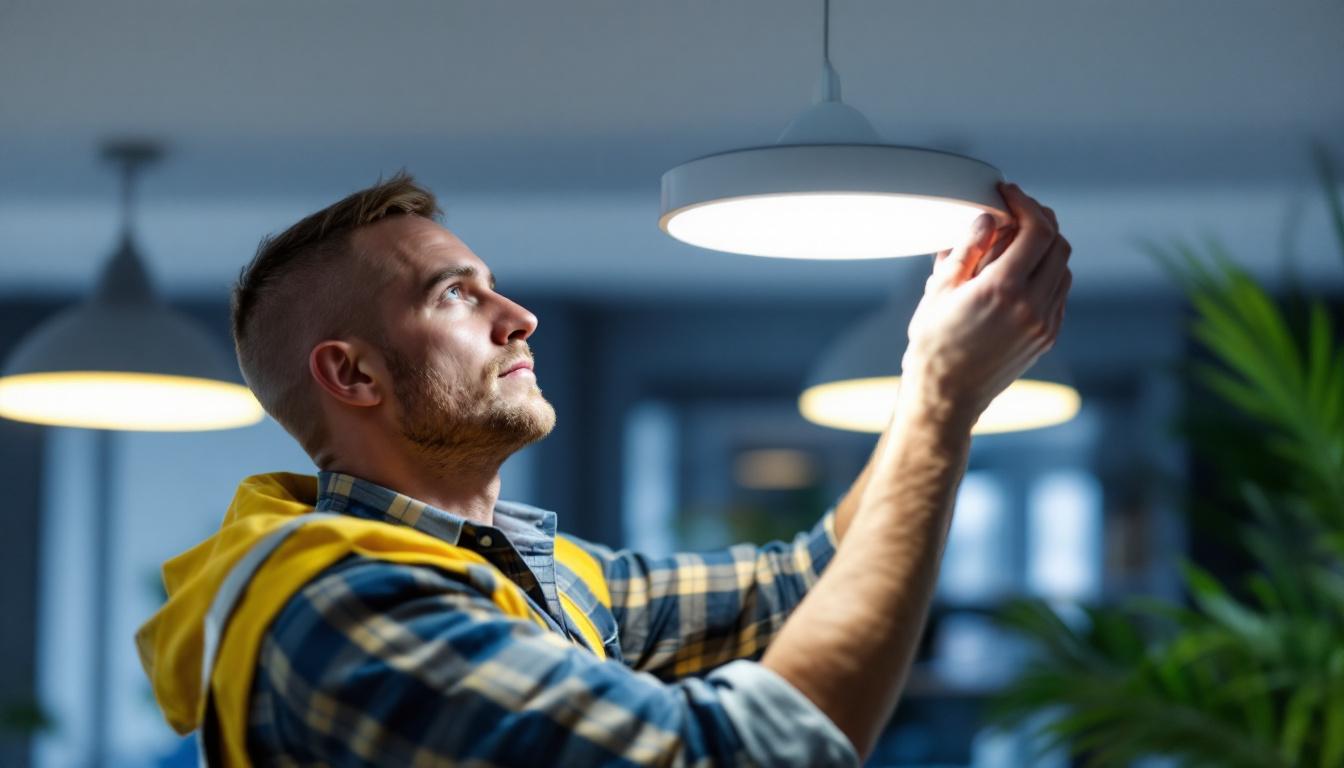
As a lighting contractor, ensuring that your installations are not only functional but also durable is crucial. One of the key components that contribute to the longevity and reliability of any lighting system is the connectors used. Low voltage waterproof connectors are essential in outdoor and wet environments, where exposure to moisture can lead to failures and safety hazards. This guide will help you navigate the various options available, ensuring you choose the right connectors for your projects.
Low voltage waterproof connectors are designed to create a secure and moisture-resistant connection between electrical components. These connectors are typically used in outdoor lighting applications, including landscape lighting, pathway lights, and architectural fixtures. The primary function of these connectors is to prevent water ingress, which can cause short circuits, corrosion, and ultimately, system failure.
Waterproof connectors are rated according to their Ingress Protection (IP) rating, which indicates how well they resist dust and moisture. For outdoor applications, connectors with an IP rating of at least IP67 are recommended, as they can withstand temporary immersion in water and are dust-tight.
Choosing the right low voltage waterproof connectors is critical for several reasons. Firstly, the right connectors ensure the safety and reliability of the lighting system. Poor-quality connectors can lead to electrical failures, which may pose safety risks or result in costly repairs.
Secondly, the longevity of the lighting installation is directly influenced by the quality of the connectors. High-quality waterproof connectors can withstand harsh weather conditions, reducing the frequency of maintenance and replacement. This not only saves time but also enhances customer satisfaction.
Moreover, the installation process can be significantly simplified with the right connectors. Many waterproof connectors come with user-friendly designs that allow for quick and easy assembly, minimizing the need for specialized tools or skills. This can be particularly beneficial for DIY enthusiasts or contractors looking to streamline their workflow. Additionally, some connectors feature color-coded or keyed designs to prevent incorrect connections, further enhancing the safety and reliability of the installation.
It’s also worth noting that advancements in technology have led to the development of connectors that not only provide waterproof capabilities but also offer enhanced features such as strain relief and UV resistance. These features are particularly important in environments where exposure to sunlight and physical stress can degrade the integrity of the connection over time. By investing in connectors that incorporate these advanced features, users can ensure that their outdoor lighting systems remain functional and visually appealing for many years to come.
There are several types of low voltage waterproof connectors available on the market, each designed for specific applications and environments. Understanding these types will help you make informed decisions based on your project requirements.
Low voltage waterproof connectors come in various designs, including screw-on, push-fit, and twist-lock connectors. Each type has its advantages and disadvantages, which can influence your choice based on the installation environment.
Screw-on connectors are known for their secure fit and reliability. They require tools for installation, making them ideal for permanent connections. Push-fit connectors, on the other hand, offer ease of installation without the need for tools, making them suitable for temporary setups. Twist-lock connectors provide an additional layer of security, ensuring that connections remain intact even in high-wind conditions.
The materials used in the construction of waterproof connectors significantly impact their performance and durability. Common materials include nylon, polycarbonate, and thermoplastic elastomers (TPE). Nylon connectors are lightweight and resistant to UV rays, making them ideal for outdoor applications. Polycarbonate connectors offer excellent impact resistance and are suitable for harsh environments.
Thermoplastic elastomers provide flexibility and resilience, making them suitable for applications where connectors may be subjected to movement or vibration. When selecting connectors, consider the environmental conditions they will face, as well as the physical demands of the installation.
It is essential to choose connectors that are compatible with the electrical requirements of your lighting system. This includes voltage ratings, current ratings, and wire gauge compatibility. Low voltage systems typically operate at 12V or 24V, and connectors should be rated accordingly to ensure safe and efficient operation.
Additionally, ensure that the connectors are compatible with the types of cables you will be using. Mismatched connectors and cables can lead to overheating and potential failures, compromising the safety of the entire system.
When selecting low voltage waterproof connectors, several key features should be considered to ensure optimal performance and reliability. These features can significantly impact the effectiveness of the connectors in various environments.
The Ingress Protection (IP) rating is one of the most critical factors to consider when choosing waterproof connectors. An IP rating consists of two digits: the first digit indicates protection against solid objects, while the second digit indicates protection against liquids. For outdoor lighting applications, connectors with an IP rating of at least IP67 are recommended, as they can withstand temporary immersion in water.
Higher-rated connectors, such as IP68, offer even greater protection and are suitable for installations in areas prone to flooding or heavy rainfall. Understanding the specific environmental conditions your connectors will face is essential for making the right choice.
Connectors must be able to operate effectively within the temperature range of the installation environment. Extreme temperatures can affect the performance and longevity of connectors. Look for connectors that are rated for a wide temperature range, ensuring they can withstand both high heat and freezing conditions.
Additionally, consider how temperature fluctuations may affect the materials used in the connectors. Some materials may become brittle in cold temperatures, while others may soften in extreme heat. Selecting connectors with materials that can handle temperature extremes will enhance the reliability of your installations.
Consider the installation process when selecting connectors. Some connectors are designed for quick and easy installation, while others may require more time and tools. For larger projects, connectors that are easy to install can save significant time and labor costs.
Furthermore, consider the maintenance requirements of the connectors. Some designs may be more prone to wear and tear, requiring more frequent inspections and replacements. Choosing connectors that are durable and require minimal maintenance can help streamline your operations and improve overall efficiency.
Proper installation of low voltage waterproof connectors is crucial to ensure their effectiveness and longevity. Following best practices during installation can prevent future issues and enhance the reliability of your lighting systems.
Before connecting the cables, ensure they are properly stripped and prepared. Use the appropriate stripping tools to avoid damaging the conductors. Clean the ends of the wires to remove any oxidation or contaminants, which can hinder the connection quality.
When using connectors that require a specific wire gauge, double-check that the cables meet the necessary specifications. Mismatched wire sizes can lead to overheating and potential failures.
Always refer to the manufacturer’s instructions when installing connectors. Each type of connector may have specific requirements for installation, including torque specifications and recommended tools. Following these guidelines will help ensure a secure and reliable connection.
Additionally, pay attention to any recommendations regarding environmental conditions. Some connectors may require specific sealing techniques or additional protective measures to ensure their waterproof capabilities.
After installation, it is essential to test the connections to ensure they are secure and functioning correctly. Use a multimeter to check for continuity and verify that there are no shorts or open circuits. Testing the connections before finalizing the installation can prevent future issues and ensure the reliability of the lighting system.
Even experienced lighting contractors can make mistakes when selecting and installing low voltage waterproof connectors. Being aware of common pitfalls can help avoid costly errors and ensure successful installations.
One of the most significant mistakes is underestimating the environmental conditions in which the connectors will be used. Failing to consider factors such as moisture, temperature fluctuations, and exposure to UV rays can lead to premature failures. Always assess the specific conditions of the installation site before selecting connectors.
Another common mistake is selecting connectors that are not compatible with the cables or the electrical requirements of the lighting system. Mismatched connectors can lead to overheating, poor performance, and potential safety hazards. Always verify compatibility before making your selection.
Some contractors may overlook the importance of testing connections after installation. Skipping this step can lead to undetected issues that may result in system failures down the line. Always conduct thorough testing to ensure that all connections are secure and functioning as intended.
Choosing the right low voltage waterproof connectors is essential for the success and reliability of outdoor lighting installations. By understanding the various types of connectors, key features to look for, and best practices for installation, lighting contractors can make informed decisions that enhance the durability and performance of their projects.
Investing time in selecting high-quality connectors and following proper installation procedures will not only improve the longevity of the lighting systems but also increase customer satisfaction. By avoiding common mistakes and adhering to best practices, contractors can ensure that their installations stand the test of time, even in challenging environmental conditions.
As the demand for outdoor lighting solutions continues to grow, staying informed about the latest advancements in low voltage waterproof connectors will provide a competitive edge in the industry. By prioritizing quality and reliability, lighting contractors can build a reputation for excellence, leading to more successful projects and satisfied clients.
Ready to elevate your outdoor lighting projects with connectors that stand the test of time? Look no further than LumenWholesale for the highest quality low voltage waterproof connectors. Our spec-grade lighting products are designed to meet the rigorous demands of any installation, ensuring durability and performance that your clients can rely on. With unbeatable wholesale prices and the convenience of free shipping on bulk orders, you can secure the best value without sacrificing quality. Don’t let middleman markups affect your bottom line. Choose LumenWholesale for a seamless purchasing experience and make your next project shine. Wholesale Lighting at the Best Value.

Discover the crucial aspects of garage ceiling fans that lighting contractors frequently miss.

Discover the ultimate guide to under-cabinet lighting with our comprehensive article.

Discover essential insights into surface mounted LED lights tailored for lighting contractors.

Discover how UVC light technology is revolutionizing the lighting industry by boosting efficiency for contractors.